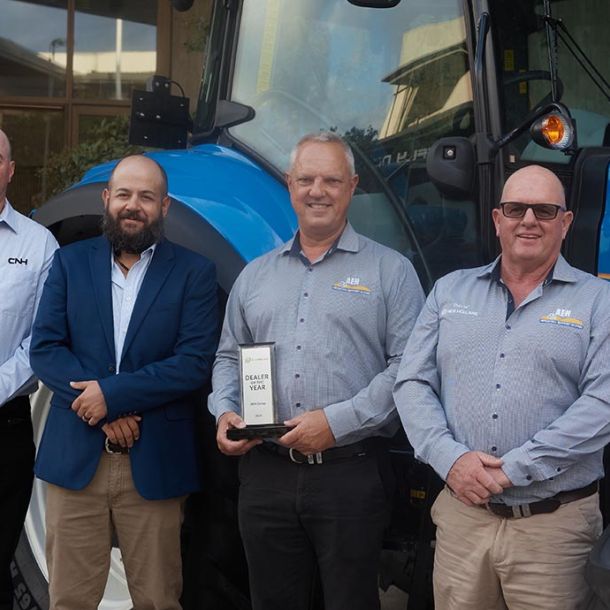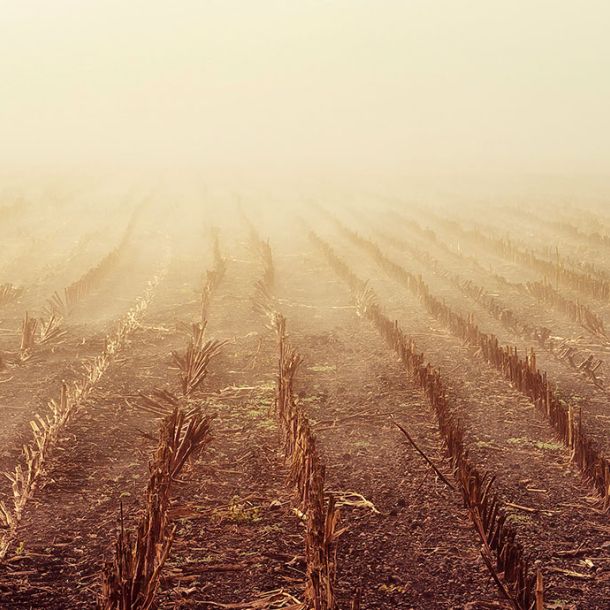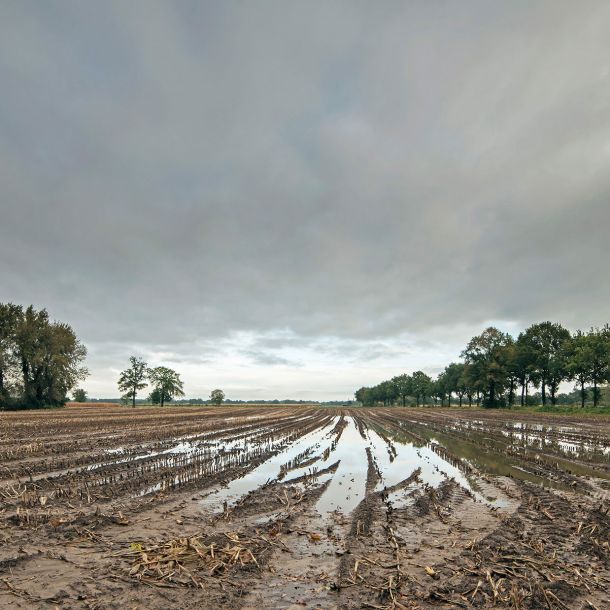Digging Deeper Into Incorporating Lime
How deep is your love for lime?
Recent thinking now calls for far greater incorporation of lime applications into the subsoil in order for growing crops to reap the benefits that lime offers. Especially in the case where widespread adoption of minimum-till farming has led to pH stratification in high-rainfall zones.
Research has shown that farmers who are simply applying lime to the soil’s surface and hoping it dissolves down into the soil could be missing a trick as the soil subsurface does not always have access to the applied lime. And even when farmers use a Speedtiller® to incorporate lime beyond the surface, they are only mixing it down to a depth of around 125mm. With soils now showing an acid throttle of approximately 150mm, it has now become apparent that there is the need to work the lime deeper into the subsurface to 250mm to really benefit the roots that grow to these depths.
Getting to the root of acid issues
If farmers are only testing the acid levels of surface soils, or the subsurface to a depth of 100mm, they are not getting an accurate indication of the conditions which seedling roots are experiencing. Helen Burns, DPI Development Officer-Pastures, based at the Wagga Wagga Agricultural Institute, is a scientist who has been studying the issue for several years, in particular on the root development of acid-sensitive pulses. She is an advocate for strategic tillage to help address the issue of acid soils. The research project she has been working on is showing that the applied lime to the soil’s surface may not be working as effectively as farmers think it is. This is because traditional zero to 100mm soil tests to check pH levels and guide lime requirements has been the accepted norm, however, Ms Burns points out that as farming practices have changed so much over many decades, farmers should be testing pH levels at deeper depths.
“The guidelines currently used for liming programs were developed at a time when traditional cultivation incorporated the lime to a depth of about ten cm,” she said. “It’s time to review liming programs, as not only have tillage practices changed, but we are also using more nitrogen fertiliser and exporting more product, which in combination, result in higher rates of acidification and pH stratification. There is elevated pH on the surface, and if you take a nought to ten cm soil test a pH (CaCl) of 5.2, for example, appears to be suitable for the acid-sensitive pulses. But when we sampled at five cm intervals, in this case, we found we have the lime concentrated in the shallow surface layer (pH of 6.0) with a drop down to an acid pH of 4.4 at the five to ten cm levels.”
Ms Burns continues, “Our recommendation is if you are wanting a rapid solution in cropping paddocks, you really should be incorporating the lime into the acidic subsurface because lime moves very slowly. Also, from the results so far, perhaps the rates we are using are not high enough to counter acidification rates of our current production systems.”
The research also highlighted the lack of comprehensive paddock records needed to capture change in pH within the subsurface 50mm to 200mm layers or the effectiveness of lime applied over the past two decades.
“It is a ‘wake-up’ call,” Ms Burns concludes. “Farmers don’t have adequate records, even though some are now on their second or third lime application, but nobody has been doing a sequence of soil tests actually monitoring how their lime programs have been working.”
The research recommended, where the subsurface is too acidic, to apply adequate rates of fine-grade, high-quality lime and preferably incorporate the lime deeper into the soil subsurface where it is also needed at least 12 months before sowing.
Identifying the need to go deeper
To help address the significant issue of subsoil acidity, K-Line Ag has been developing a new machine that is ideal for deeper tillage applications, such as incorporating lime to greater depths, as it combines a Chisel disc and a Speedtiller®. Introducing the SpeedChisel which has just been released by K-Line Ag after rigorous testing to ensure it does the job right the first time.
To be one of the first to find out more about K-Line Ag’s new SpeedChisel machine, please contact your nearest local dealer. They are ready and waiting to talk to you about all the benefits of our newest addition to the K-Line family of Australian designed and made equipment, with the needs of Australian farmers in mind.








